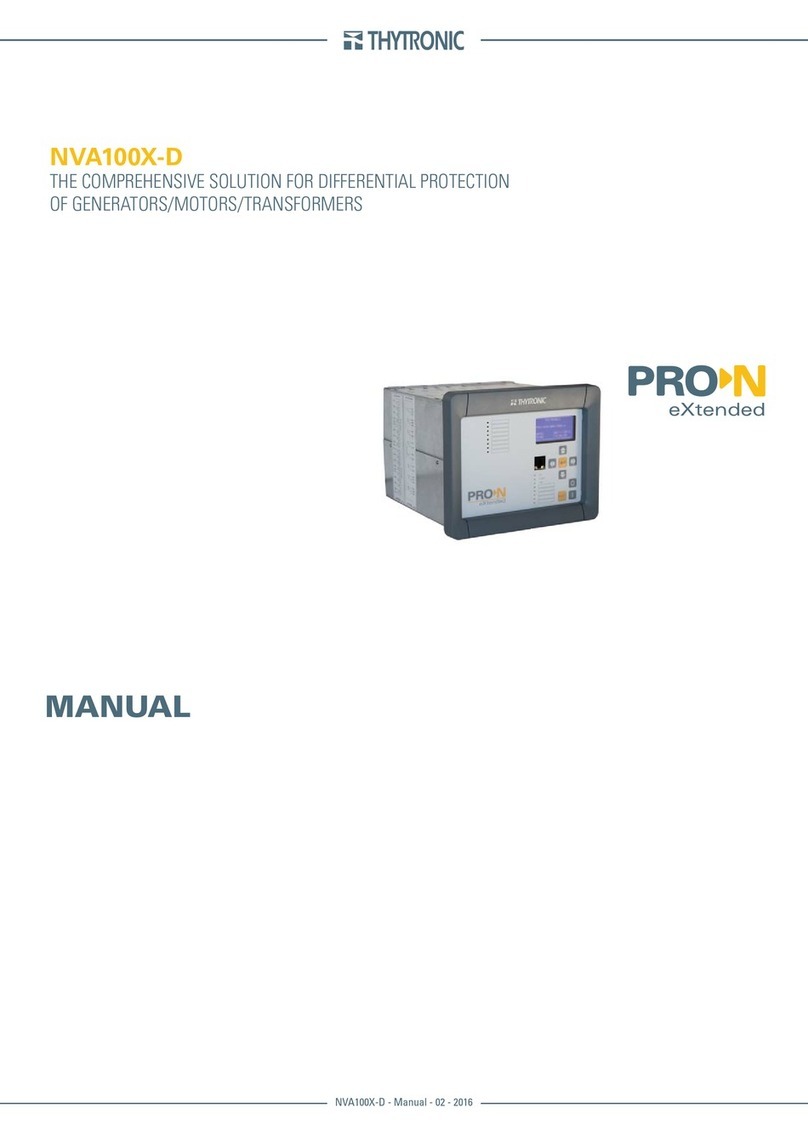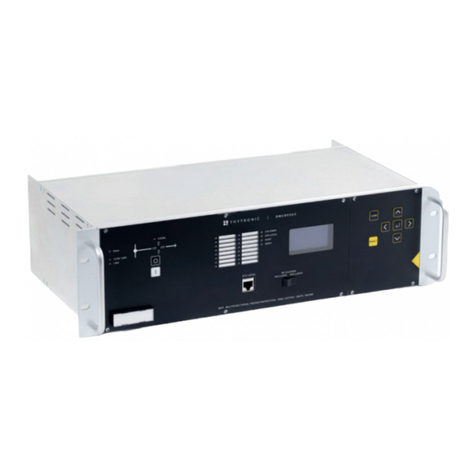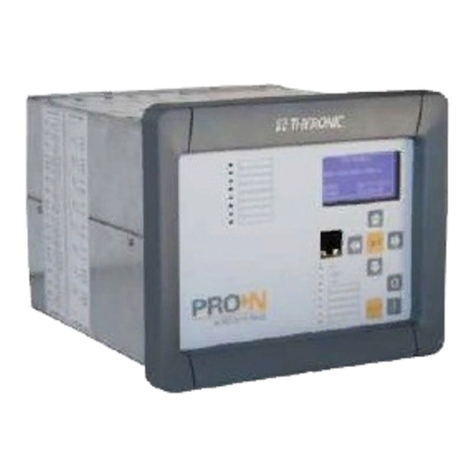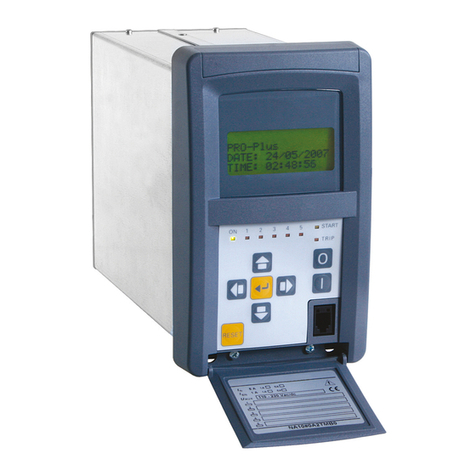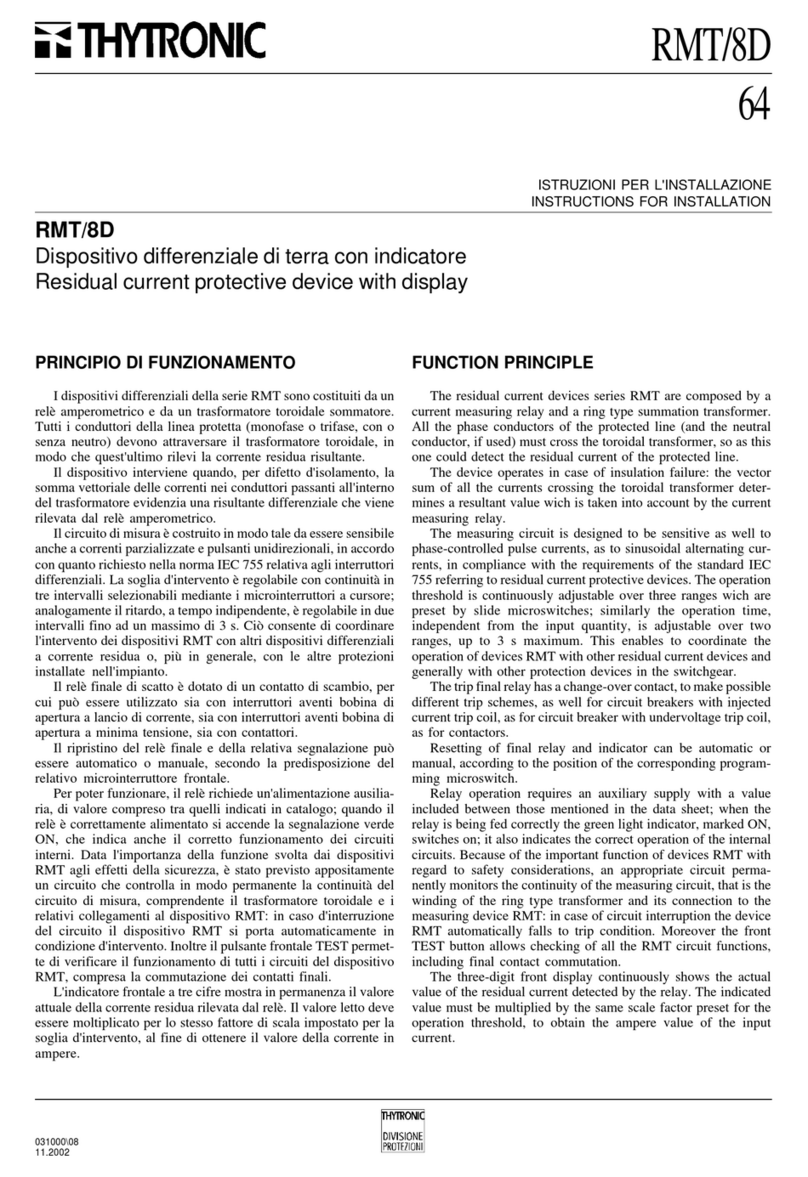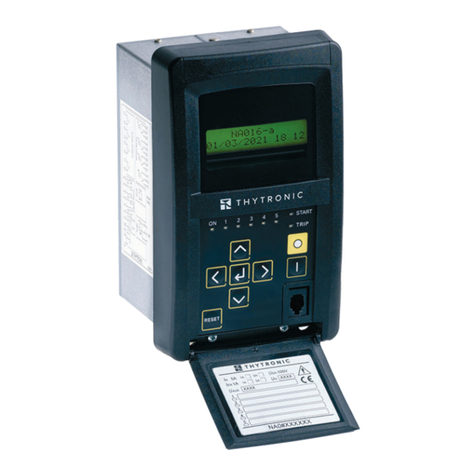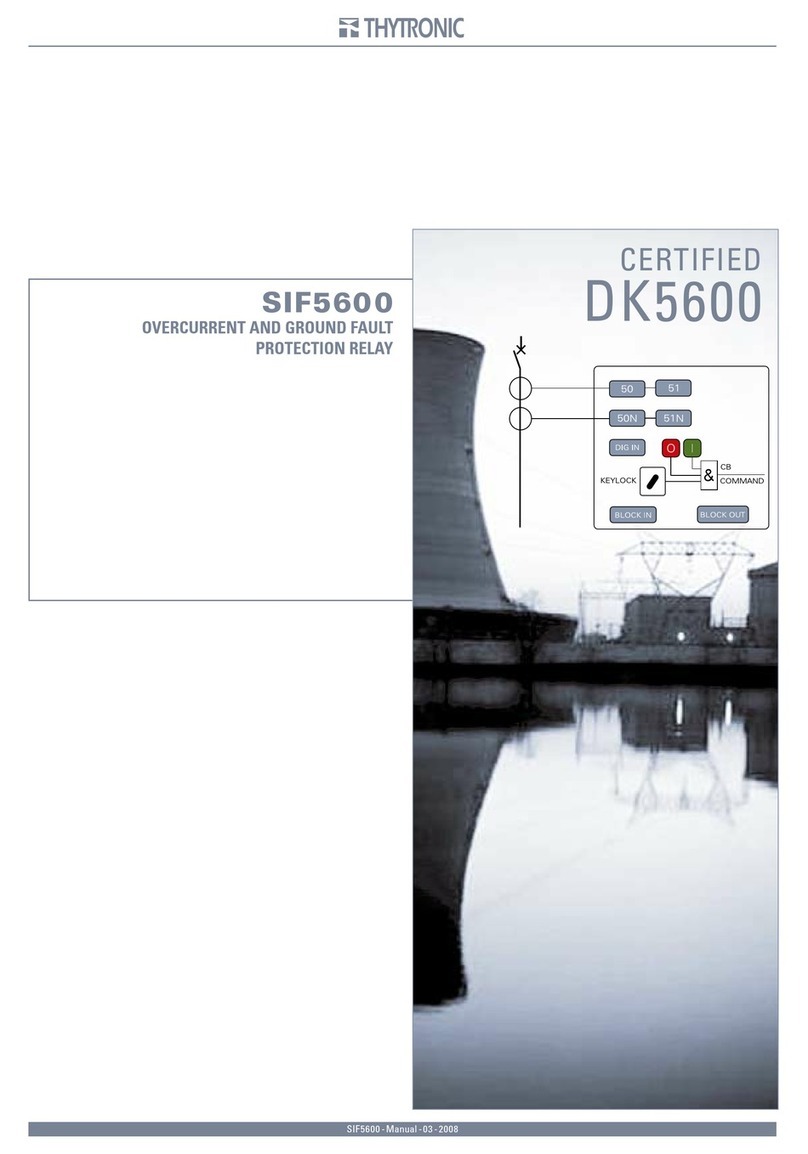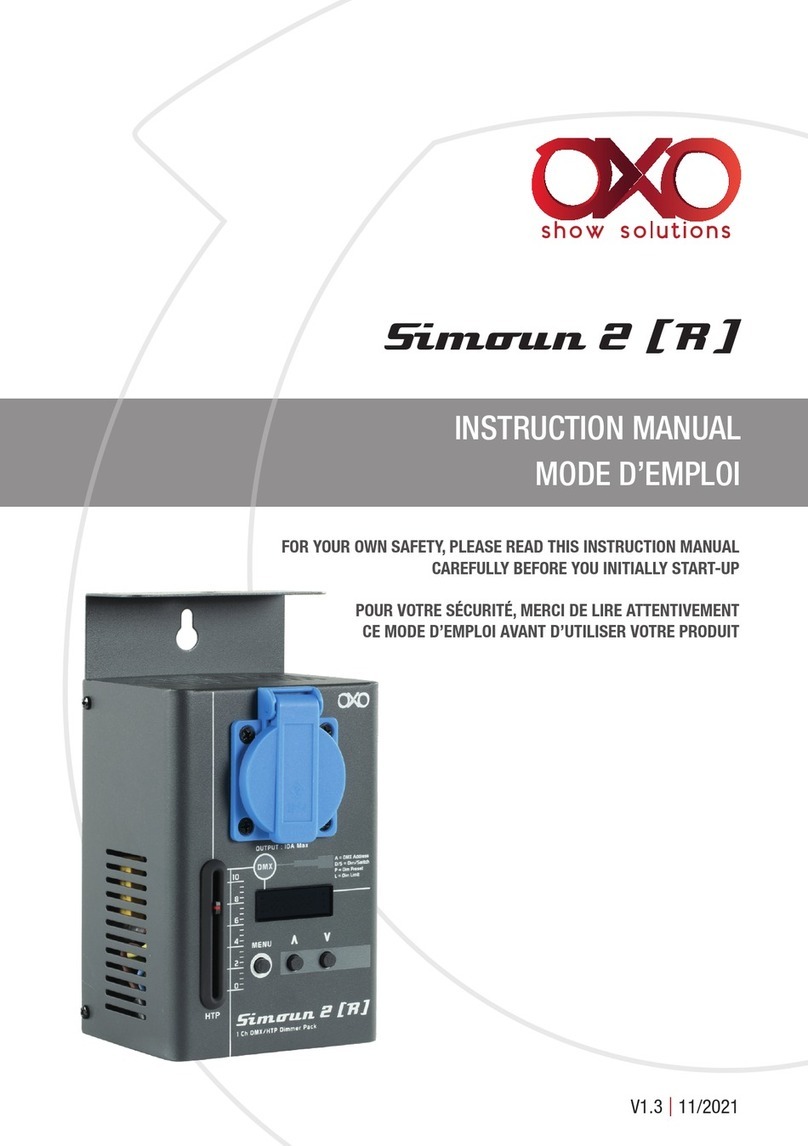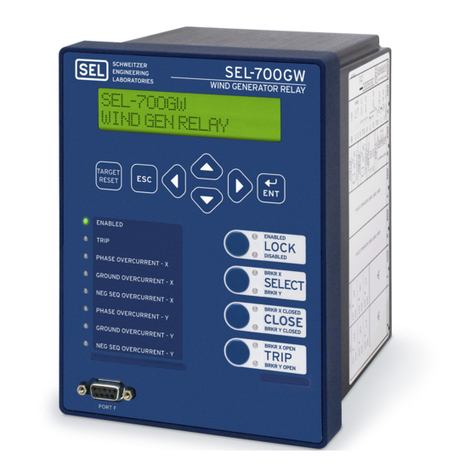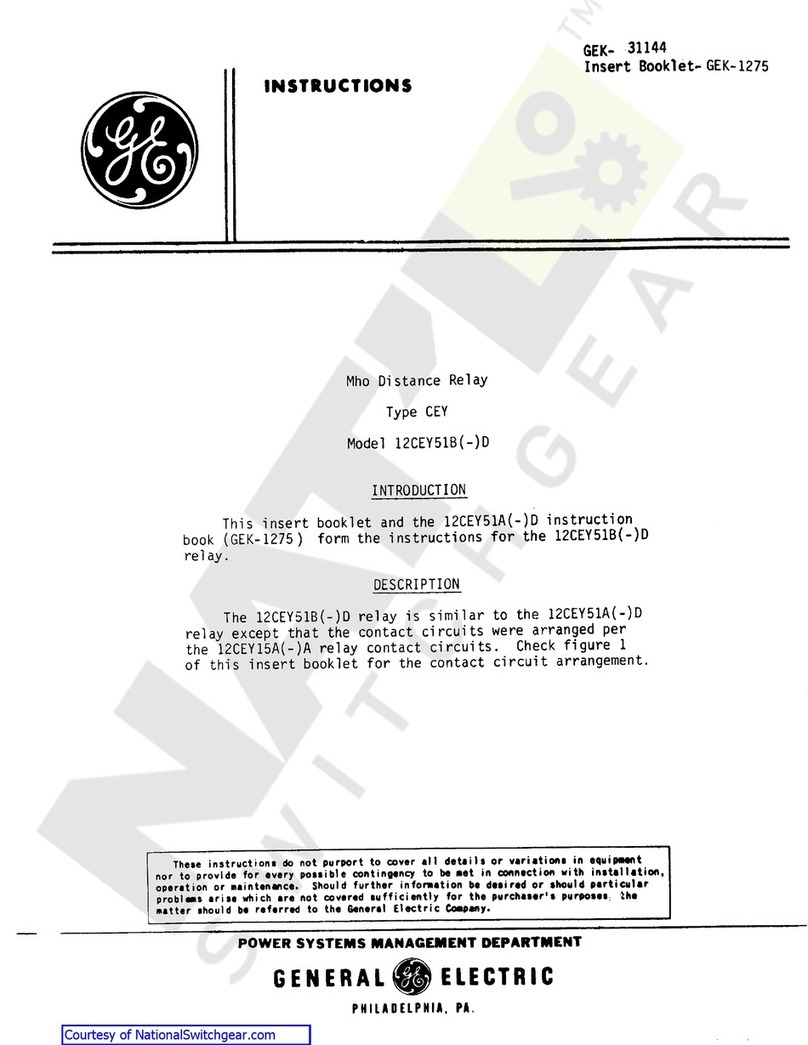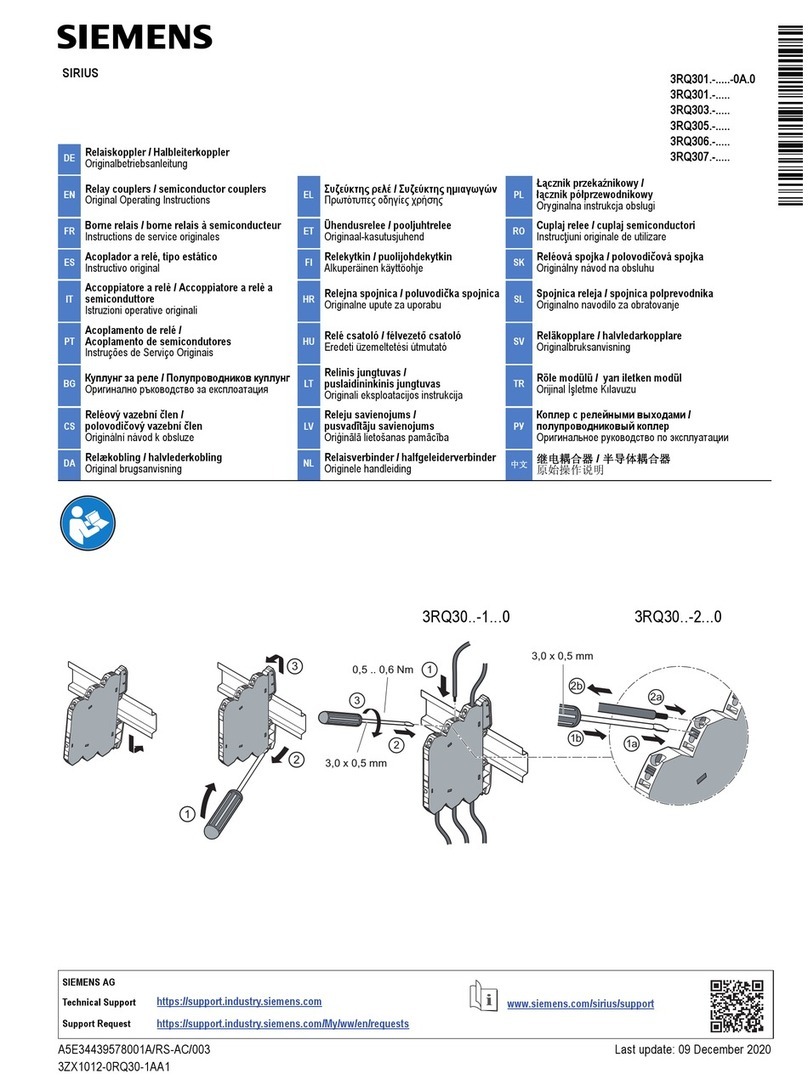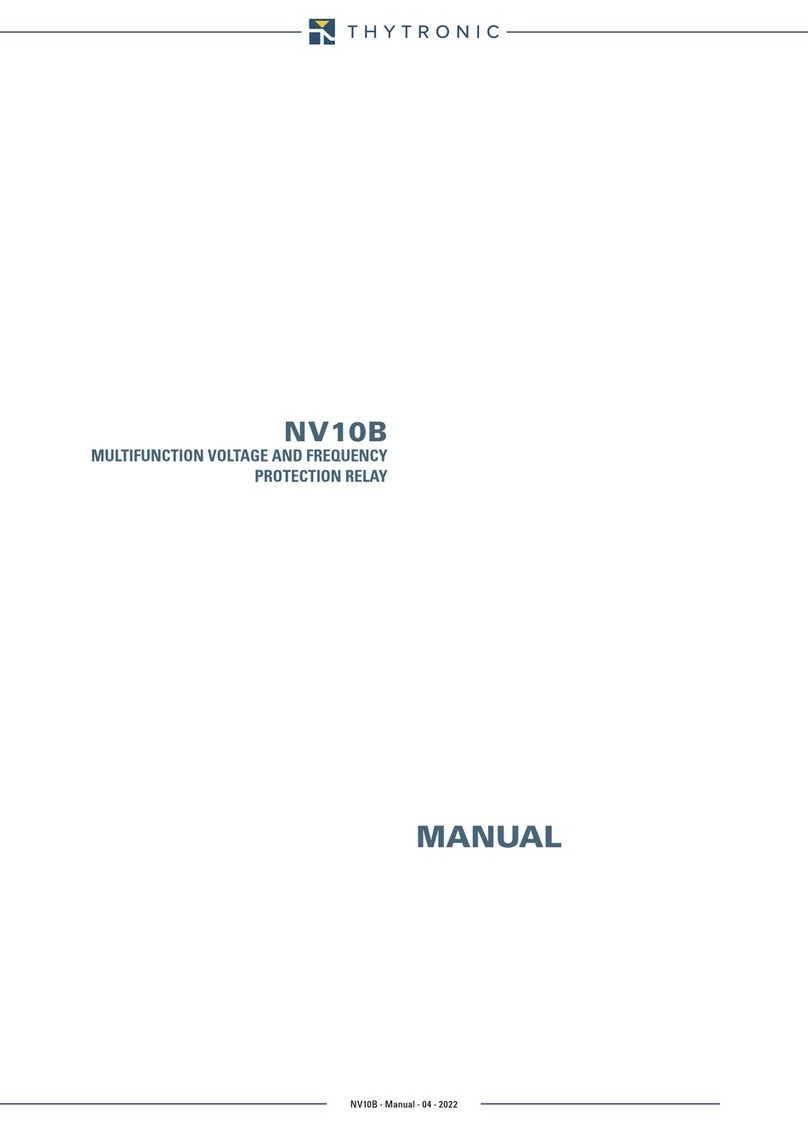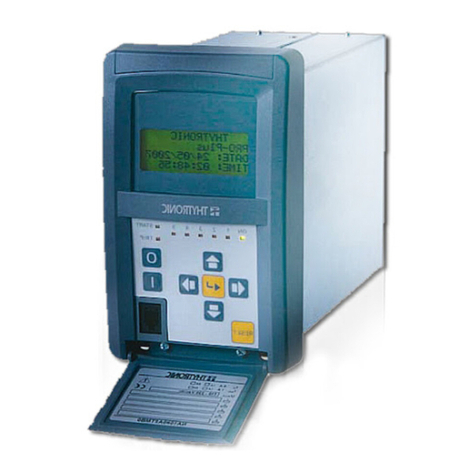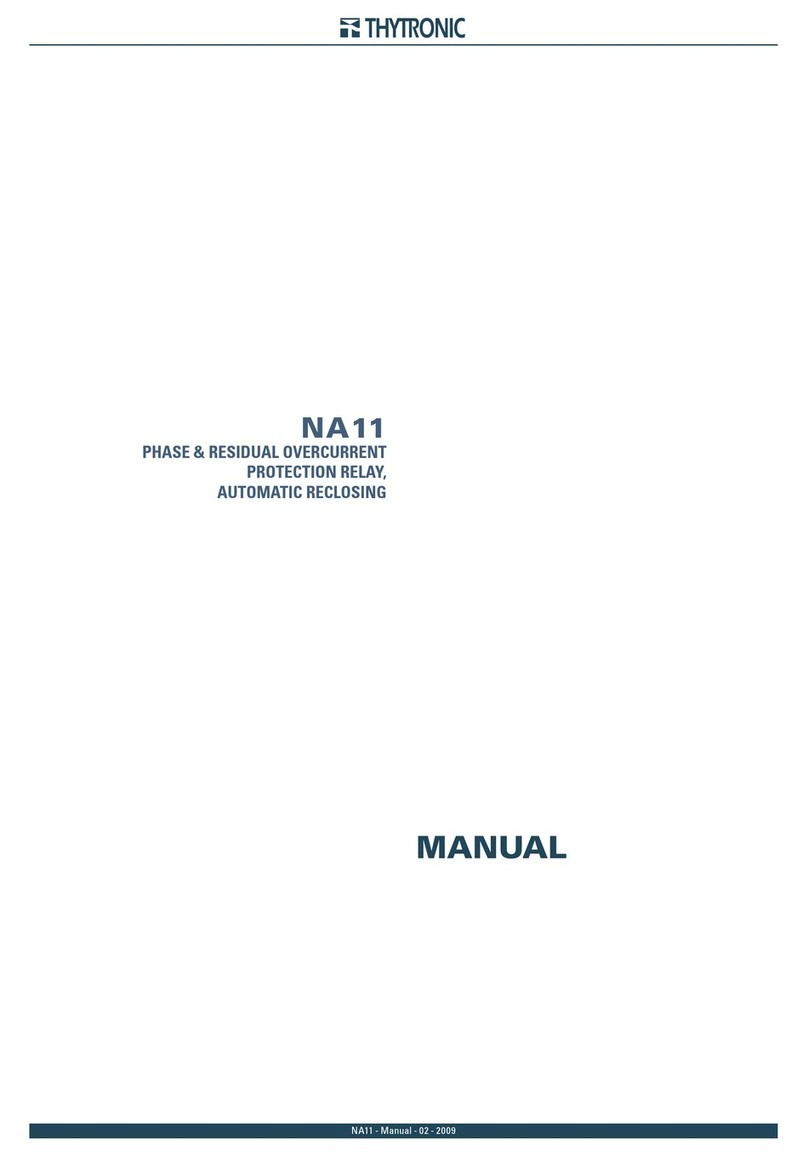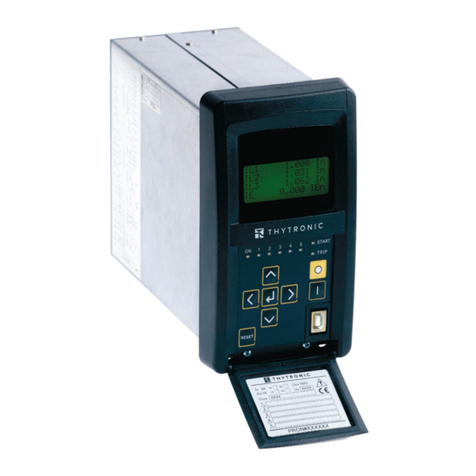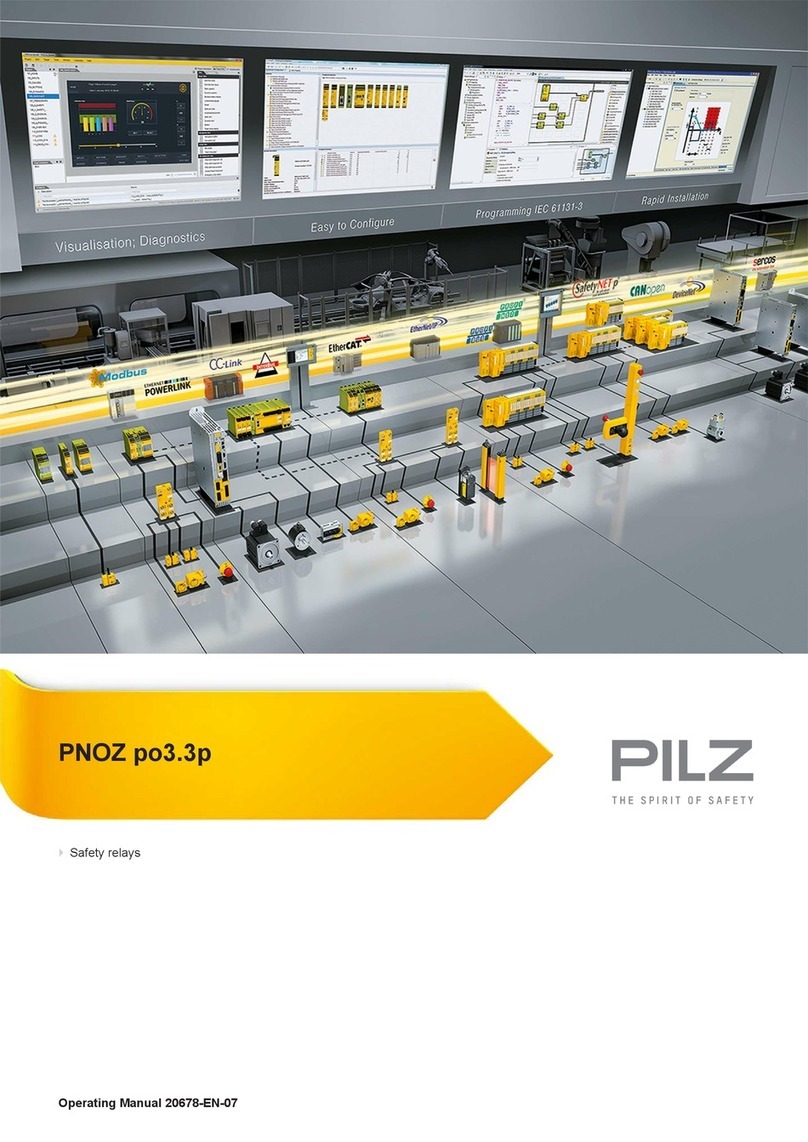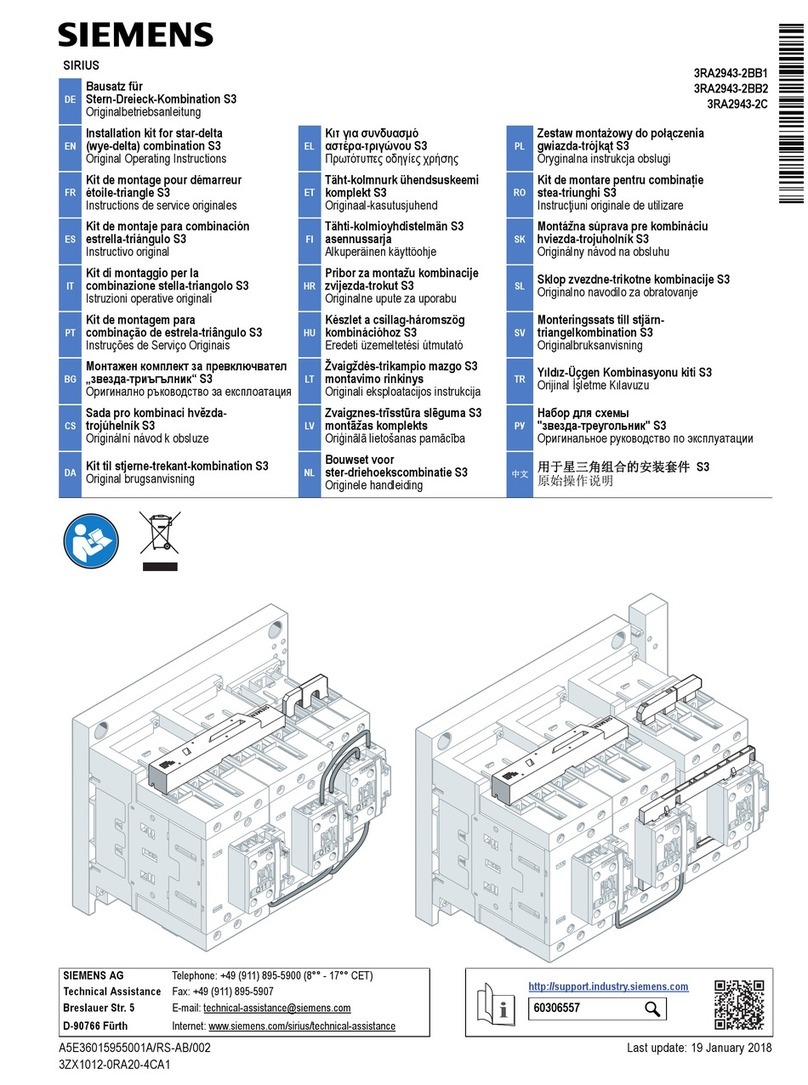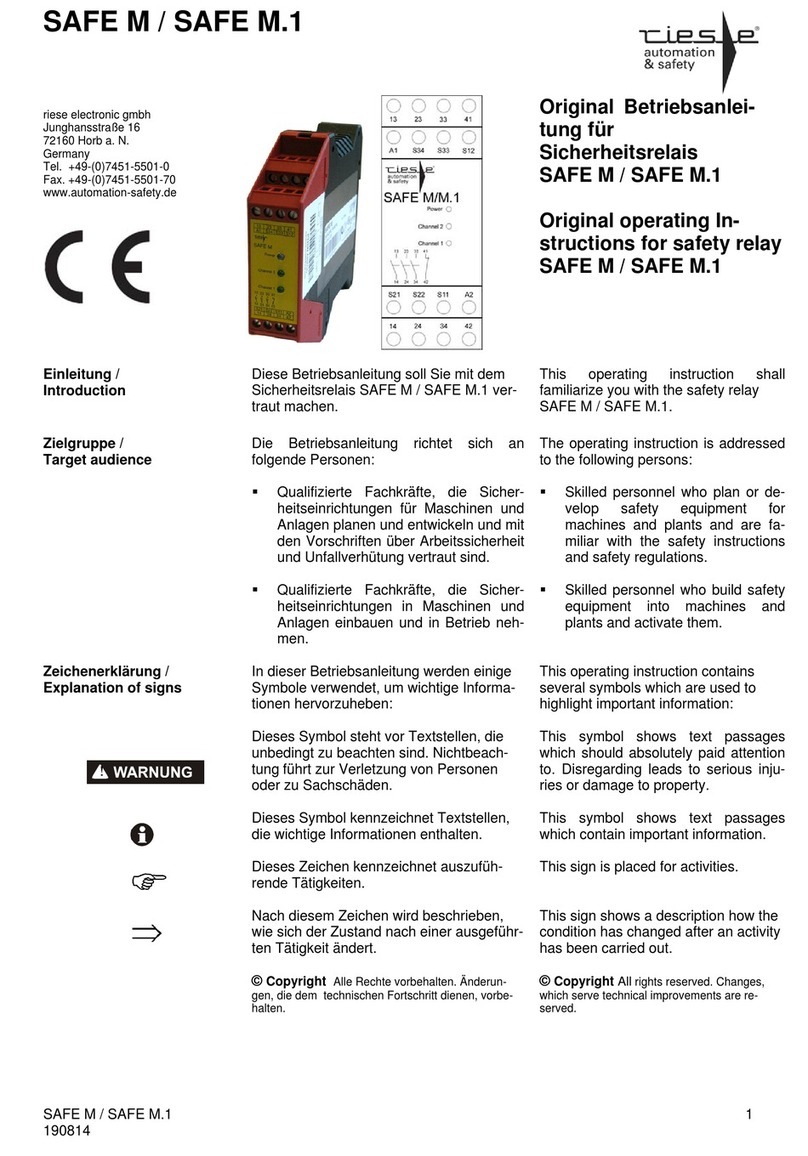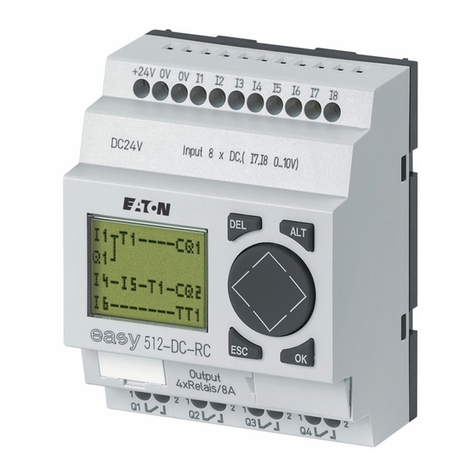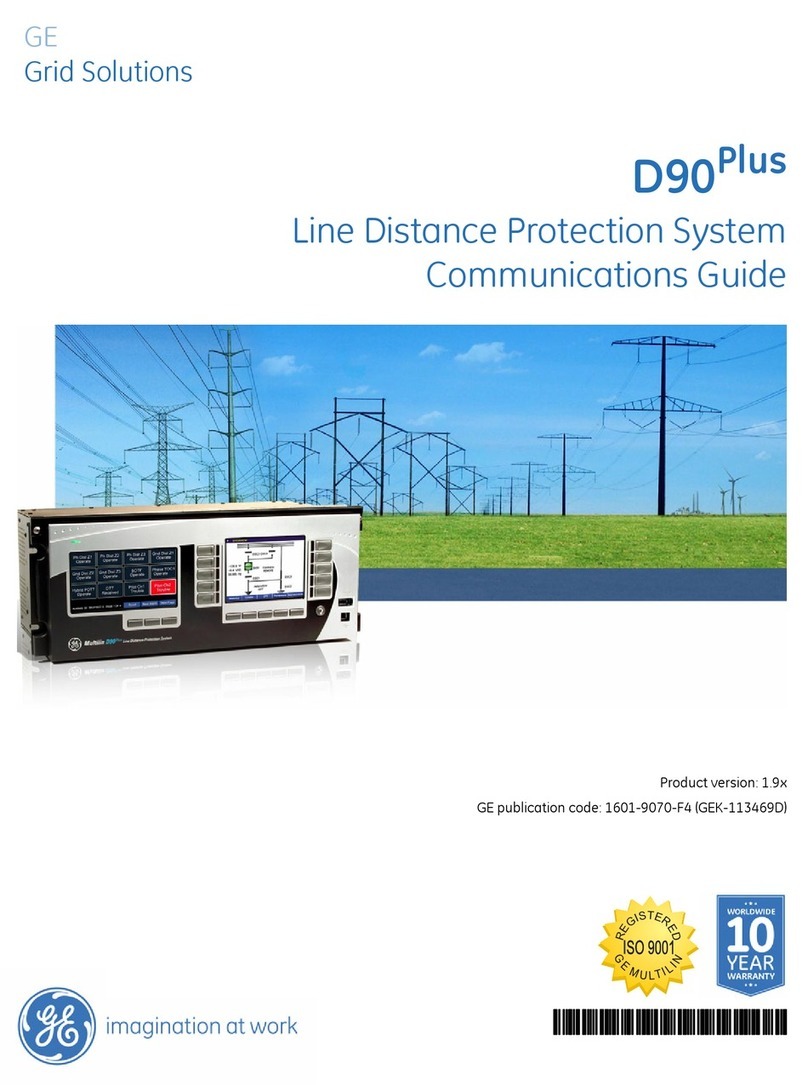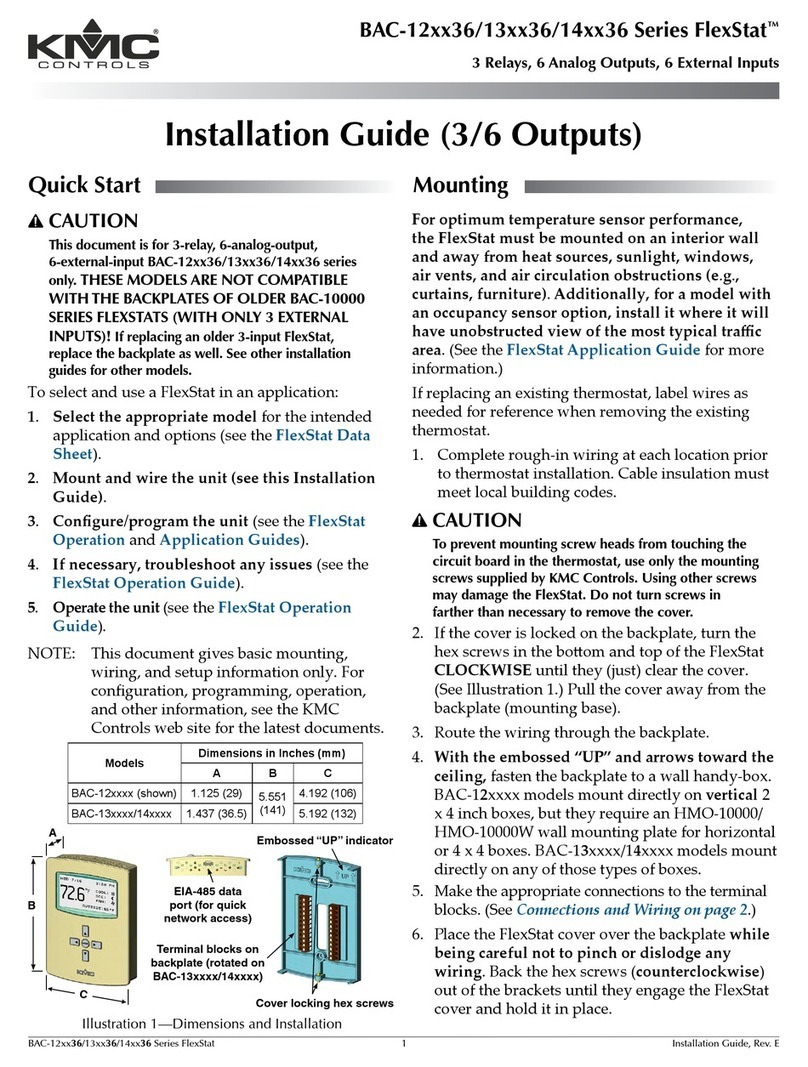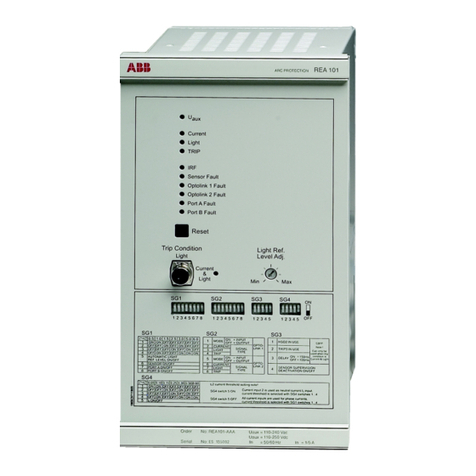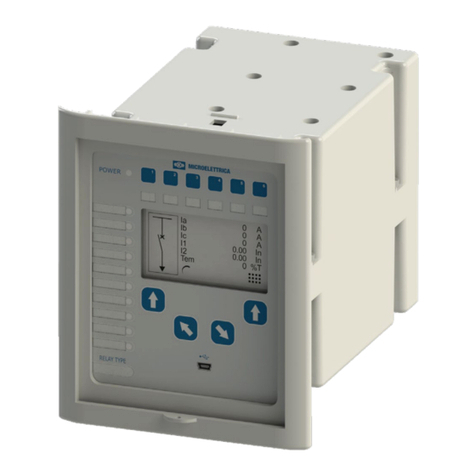
3
NA10 - Manual - 04 - 2022
4 FUNCTION CHARACTERISTICS 22
4.1 HARDWARE DESCRIPTION.............................................................................................................................................................................22
Power supply board..................................................................................................................................................................................... 23
CPU board...................................................................................................................................................................................................... 23
Input board .................................................................................................................................................................................................... 23
MMI (keyboard, LED and display) ............................................................................................................................................................. 23
4.2 SOFTWARE DESCRIPTION ..............................................................................................................................................................................24
Base software................................................................................................................................................................................................24
Real-time operating system.........................................................................................................................................................................24
Task..................................................................................................................................................................................................................24
Drivers.............................................................................................................................................................................................................25
Application Software....................................................................................................................................................................................25
Data Base .......................................................................................................................................................................................................25
Self test (Application) ...................................................................................................................................................................................25
Development tools (Builder)........................................................................................................................................................................25
4.3 I/O DESCRIPTION..............................................................................................................................................................................................26
Metering inputs .............................................................................................................................................................................................26
Signal processing..........................................................................................................................................................................................26
Conventions................................................................................................................................................................................................... 29
Use of measured values.............................................................................................................................................................................. 30
Binary inputs ..................................................................................................................................................................................................31
Output relays..................................................................................................................................................................................................36
LED indicators............................................................................................................................................................................................... 38
Communication interfaces.......................................................................................................................................................................... 40
4.4 PROTECTIVE ELEMENTS .................................................................................................................................................................................41
Rated values...................................................................................................................................................................................................41
Thermal protection with RTD thermometric probes - 26 ....................................................................................................................... 43
Phase overcurrent - 50/51............................................................................................................................................................................45
Residual overcurrent - 50N/51N .................................................................................................................................................................55
Breaker failure - BF.......................................................................................................................................................................................65
4.5 CONTROL AND MONITORING........................................................................................................................................................................67
Logical block - BLOCK1 ................................................................................................................................................................................67
Selective block -BLOCK2 ............................................................................................................................................................................ 69
Remote tripping .............................................................................................................................................................................................74
Frequency tracking.......................................................................................................................................................................................75
Second Harmonic Restraint - 2ndh-REST .................................................................................................................................................76
Cold Load Pickup - CLP ................................................................................................................................................................................77
CT supervision - 74CT .................................................................................................................................................................................. 78
Trip circuit supervision - 74TCS.................................................................................................................................................................. 79
Circuit breaker supervision .........................................................................................................................................................................82
Virtual I/O........................................................................................................................................................................................................84
Demand measures ........................................................................................................................................................................................87
Oscillography ................................................................................................................................................................................................87
5 MEASURES, LOGIC STATES AND COUNTERS 88
Measures....................................................................................................................................................................................................... 88
Protection ...................................................................................................................................................................................................... 88
Delayed inputs .............................................................................................................................................................................................. 88
Internal states............................................................................................................................................................................................... 88
Relays............................................................................................................................................................................................................. 89
Counters......................................................................................................................................................................................................... 89
Self test .......................................................................................................................................................................................................... 89
Pilot wire diagnostic .................................................................................................................................................................................... 90
Selective Block - BLOCK2........................................................................................................................................................................... 90
Fault recording - SFR................................................................................................................................................................................... 90
Event recording - SER.................................................................................................................................................................................. 90
Oscillography - DFR ......................................................................................................................................................................................91
6 INSTALLATION 93
6.1 PACKAGING...................................................................................................................................................................................................... 93
6.2 MOUNTING....................................................................................................................................................................................................... 93
6.3 ELECTRICAL CONNECTIONS ..........................................................................................................................................................................97
6.4 NOMINAL CURRENT InAND IEn SETTING ................................................................................................................................................107
6.5 LED ALLOCATION........................................................................................................................................................................................... 110
6.6 FINAL OPERATIONS ...................................................................................................................................................................................... 110




















